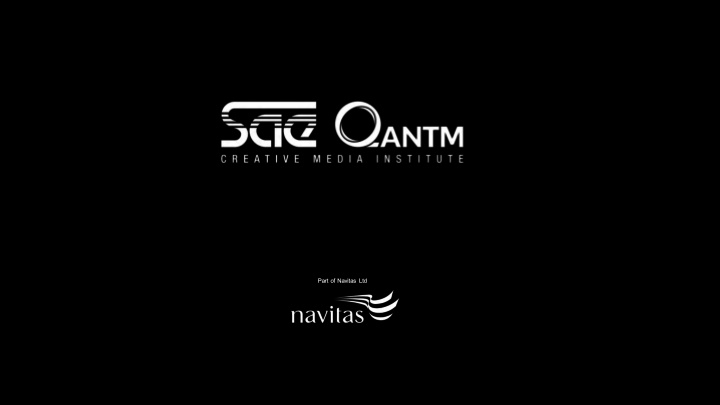



Part of Navitas Ltd
The SAE Story HISTORY • Founded in Sydney in 1976 • Acquired leading digital media educator Qantm College in 2004 • Registered as a Higher Education Provider in NSW in 2004 • Acquired by global education leader and Top 100 ASX company, Navitas, in 2011 • Receives Outstanding TEQSA Quality Audit Report in 2011 • Registered with TEQSA for max. 7 years in 2012 and courses accredited for same period TODAY • 10,000 students globally and 3,000 students in Australia • Operating in 54 campuses across 28 countries • SAE Southern includes Australia, New Zealand, Singapore Indonesia and South Africa • Byron Bay is head office for Southern Region – and major regional employer with > 70 staff
Today • Artificial Intelligence & Augmented Intelligence • Cognitive ‘outsourcing’ and impacts on human productivity and education. • Realising the potential of ‘AI graduates’ in employment
Human strategic guidance combined with the tactical acuity of a computer was overwhelming .” -Kasparov
• Human Thinking & Machine Thinking are radically different • AI can supplement cognitive function which humans are not ‘perfect’ at and humans can do the same for AI. • The combination of AI and Human cognitive function is changing humanity, even when we are not directly using AI to supplement our intelligence.
Thinking about cognitive function (Bloom’s)
Thinking about knowledge (Krathwohl)
Understand Remember Evaluate Analyse Create Apply Factual K-12 Bachelor & Vocational Conceptual Graduate Programs Procedural Metacognitive
Understand Remember Evaluate Analyse Create Apply Artificial Intelligence / Machine Factual ‘Thinking’ Conceptual Procedural Human Intelligence / Human Thinking Metacognitive
Impacts on Student Education
Impacts on Graduates • Less connection between qualification and career suitability • Development of Transferable Skills becoming more central to educational experience • A need for the education sector to reconsider qualifications and the presentation of skills, knowledge and behavioural attributes.
Graduates in the Workforce 1. Traditional Information Technology polices have the potential to cripple an organization and will be a significant factor in staff attrition. 2. Organizational Knowledge Management systems need to empower end-users. 3. Professional Development policies need to provide avenues ‘radical innovation’
Thompson, C. (2013). Smarter than you think. How technology is changing our minds for the better. London: William Collins. Thank you! Luke McMillan. Dean, SAE Southern. luke@sae.edu www.sae.edu.au References Anderson, L. W. and David R. Krathwohl, D. R., et al (Eds..) (2001) A Taxonomy for Learning, Teaching, and Assessing: A Revision of Bloom's Taxonomy of Educational Objectives. Allyn & Bacon. Boston, MA (Pearson Education Group) Krathwohl, D. R. (2002). A Revision of Blooms Taxonomy: An Overview. Theory Into Practice, 41(4), 212-264. Thompson, C. (2013). Smarter than you think. How technology is changing our minds for the better. London: William Collins.
Recommend
More recommend